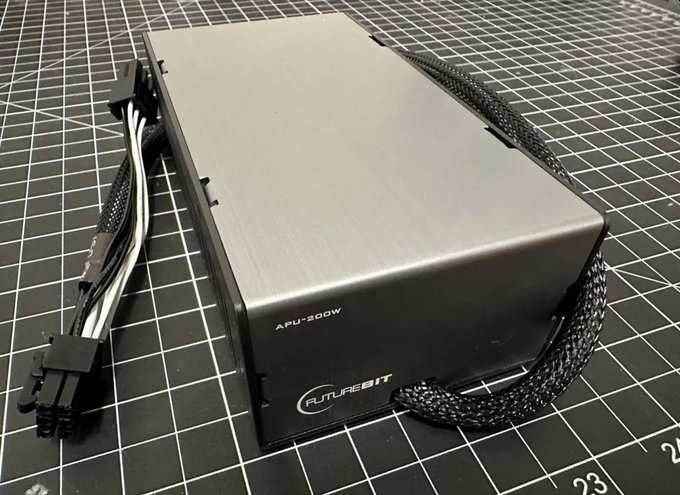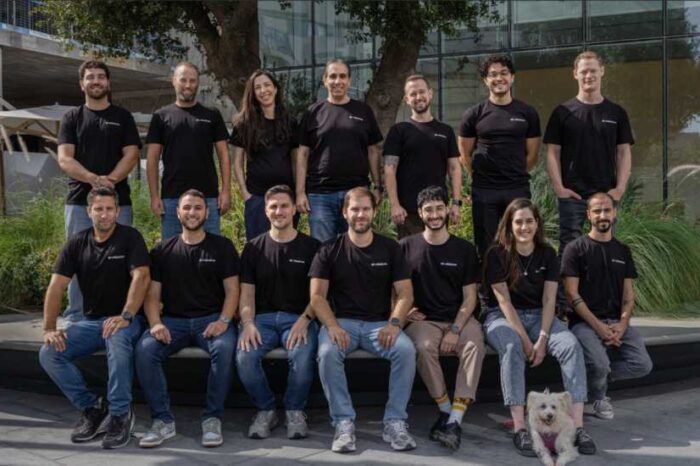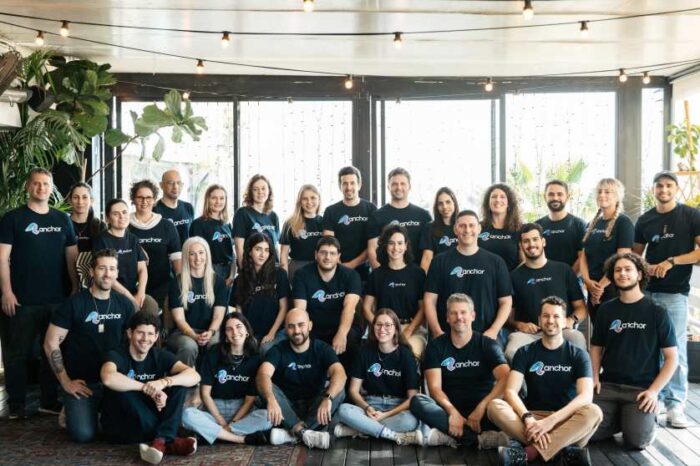Solo bitcoin miner strikes gold: $400 home rig wins $326K block against the odds

A solo Bitcoin miner pulled off an almost impossible feat—securing a full block reward worth around $326,301 using a modest $400 home mining device. The miner, using a FutureBit Apollo Solo, successfully mined a block on January 19, 2023, earning 3.146 Bitcoins in the process. Given the dominance of large mining pools, this kind of success is incredibly rare.
According to Bitcoin Magazine, the $326,301 excluded the $2,195 in total fees.

JUST IN: A solo miner mined a #Bitcoin block worth $326,301.
LEGEND 🤯 pic.twitter.com/nJuwmecjir
— Bitcoin Magazine (@BitcoinMagazine) January 30, 2025
The Unlikely Success of Solo Mining
Bitcoin mining is a process where miners compete to solve complex cryptographic puzzles to validate transactions and secure the network. The winner gets to add a block to the blockchain and collect the block reward, which includes newly minted Bitcoin and transaction fees. Large mining farms dominate the space, running thousands of high-powered machines to maximize their chances of winning.

The $400 mining rig
For solo miners, the odds are incredibly low. Most independent miners either join a pool to share rewards or rely on sheer luck. The probability of a single miner with low hash power securing an entire block is comparable to winning a lottery. Yet, every now and then, someone beats the odds.
Bitcoin’s Soaring Price Multiplies the Reward
On January 19, 2023, when the miner secured the block, Bitcoin was trading at approximately $21,087 per coin. That means the 3.146 BTC earned from the block would have been worth around $66,300 at that time. Fast forward to today, and Bitcoin’s price has surged to $105,907 per coin, pushing the value of that same reward to about $333,000. If the miner held onto their earnings, they’d seen a massive increase in value, showing how patience in Bitcoin can pay off in unexpected ways.
How Bitcoin Mining Works
Bitcoin mining runs on a proof-of-work system, where miners compete to find the right cryptographic hash for the next block. This requires immense computational power, which is why large operations rely on specialized ASIC (Application-Specific Integrated Circuit) miners to maximize efficiency.
The FutureBit Apollo Solo, while designed for home use, offers a fraction of the hash power of these industrial setups. Despite that, it managed to strike gold, proving that even small-scale miners have a shot—however slim—at winning a full block reward.
The Changing Landscape of Mining
In the early days of Bitcoin, mining from a personal computer was enough to turn a profit. But as difficulty increased and competition grew, mining shifted toward industrial-scale operations. Today, most solo miners use smaller rigs either as a hobby or as a long-term bet on Bitcoin’s value.
Success stories like this fuel the argument that Bitcoin remains decentralized, allowing individuals to compete, even if the odds are stacked against them. It’s a reminder that while large pools dominate the network, there’s still a place for solo miners willing to take a chance.
Mining is often debated for its energy consumption and centralization risks, but moments like these highlight the unpredictability of Bitcoin’s design. The network still offers opportunities—just with a heavy dose of luck.




